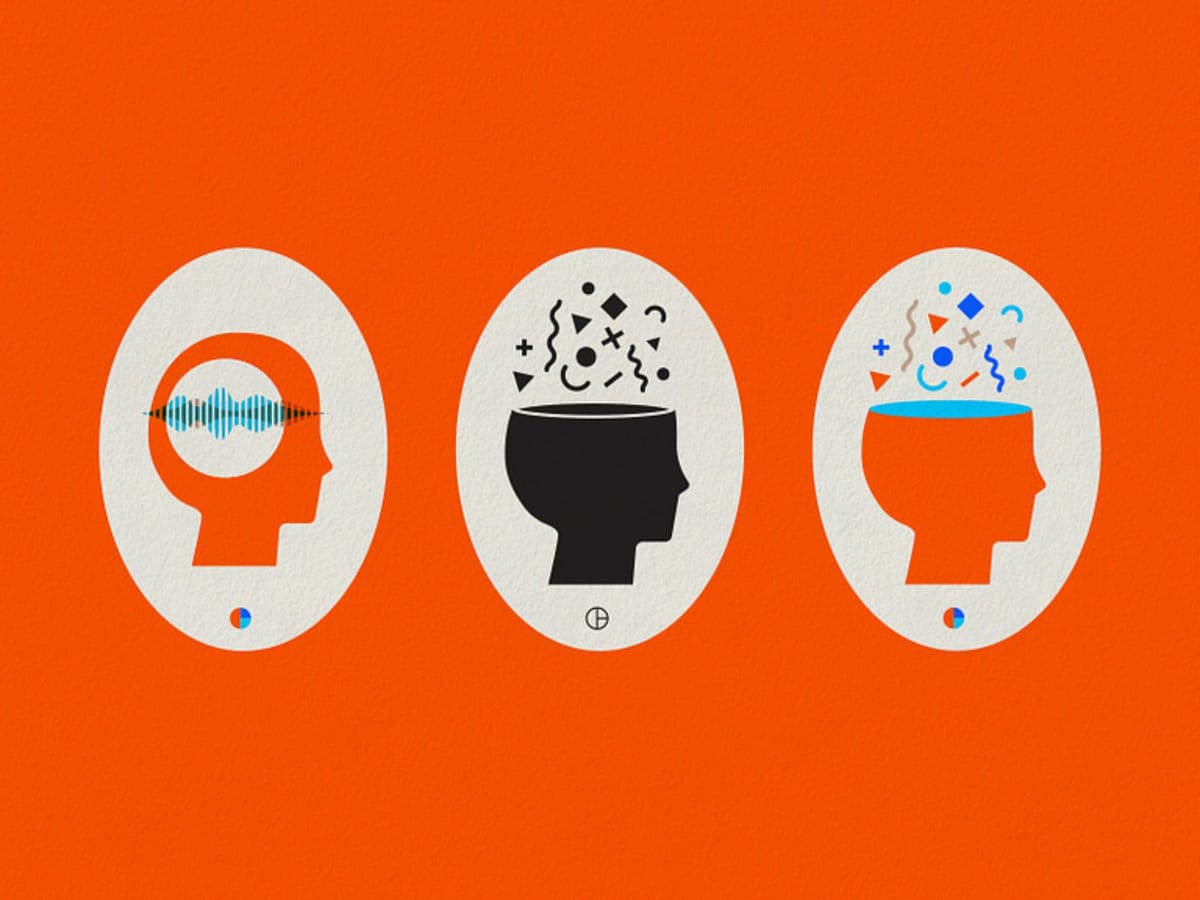Three problems to work on

Arguments are vicious when stakes are small. When arguments are vicious, there is no big battle to lose.
Peter Thiel explains this situation as a visualization: Imagine a large group of people trying to march through a small door. As everyone is aiming to go at that door, the stake of “being wrong” is minimal, and human psychology thinks in a structure that “if that amount of people is going at that door, then I should also aim at that.” Meanwhile, there might be a big gate in a different direction. Who aims at that?
Recently, I have been mainly focusing on three main problems that I detected as key problems of the future with a small number of people working on them. They are not about crypto. They are not about blockchain. They are not about text-to-video generation.

- Specialization and privatization of education
There is a massive educational system all around the world that is completely open to disruption, but so far we have not seen a comprehensive product that is able to generate this disruptive impact.
Specialization and privatization of education is key for assessing the qualities, interests and abilities of each and every student. Imagine a product that is able to analyze a person’s abilities depending on actions and word selections, and this analysis would be supported by the direct input of parents when the child is around 4 years old. The product should show the convenient content to push the intellectual borders of a person gently, encouraging them to learn and question more in the areas in which he or she has a relatively progressive talent. This product should take a student from the age 4 and lead the journey all the way to the end of the university, and it can also provide service during the career development. This “teacher” will disrupt all education deeply, resulting in the specialization and privatization of education on a massive scale.

- Rethinking about aging and death with a silicon-based perspective
I am not sure about the possibility that our carbon-based bodies can go beyond the age of 150, but I believe that the problem of aging and death should be solved with a different perspective.
Firstly, aging and death are natural phenomena which create the meaning of life. However, fighting against them also serves for our natural instinct of survival, and living longer and healthier should be considered as a natural human right.
Each idea and thinking structure is a series of electrical currents on its base level. Those electrical currents are open to be coded, and can be integrated into a system in which AI will facilitate its own working structure. This leads up to the possibility of cloning the rational brain, whereas the question of “consciousness” will remain unsolved. However, it is still one way to separate the brain from its carbon-based limitations.
If a thinking process of a person with its full depth and data can be coded, duplicated and supported with AI, we will be able to prolong the life of “rationality” of this person on a silicon-based system rather than a carbon-based entity. This is a fascinating and exciting opportunity from my perspective.

- Eye-tech interface and a faster symbiotic relationship
Humanity has already engaged in a symbiotic relationship with technological gadgets. Forgetting the phone at home would mean the end of the day for lots of people. This symbiotic relationship is slower than its capabilities though.
What do I mean by that? Imagine a period in which you speak. Visualize the amount of ideas bombarded into your brain, and compare it with the number of words that you are able to speak. Mouth and tongue are great assets and also great limitations at the same time.
The same comparison can be done within this symbiotic relationship that we have with our computers and phones. Humans are bound by the physical abilities of their hands and fingers, whereas the brain easily outruns them and naturally wants to do more.
The solution to this problem will not be a brain chip in the short run. It is not convenient, and there is always a trust factor in that. If we can move our interaction to our eyes with smart lenses, I believe that it will be more convenient, trustable and scalable.
The elastic “screens” of smart lenses can be adapted to human sight, and eye movements would replicate a swipe or a mouse action. This will enable a tremendous amount of information flow from the direction that eyes are looking, and imaging extracting information on any object that you look at.
I personally enjoy devoting my time and energy to those problems.
They are massively disruptive, valuable and scalable.
There is no clear competition in the market as it is too early for them to create a tech trend wave.
But the wave will come.




